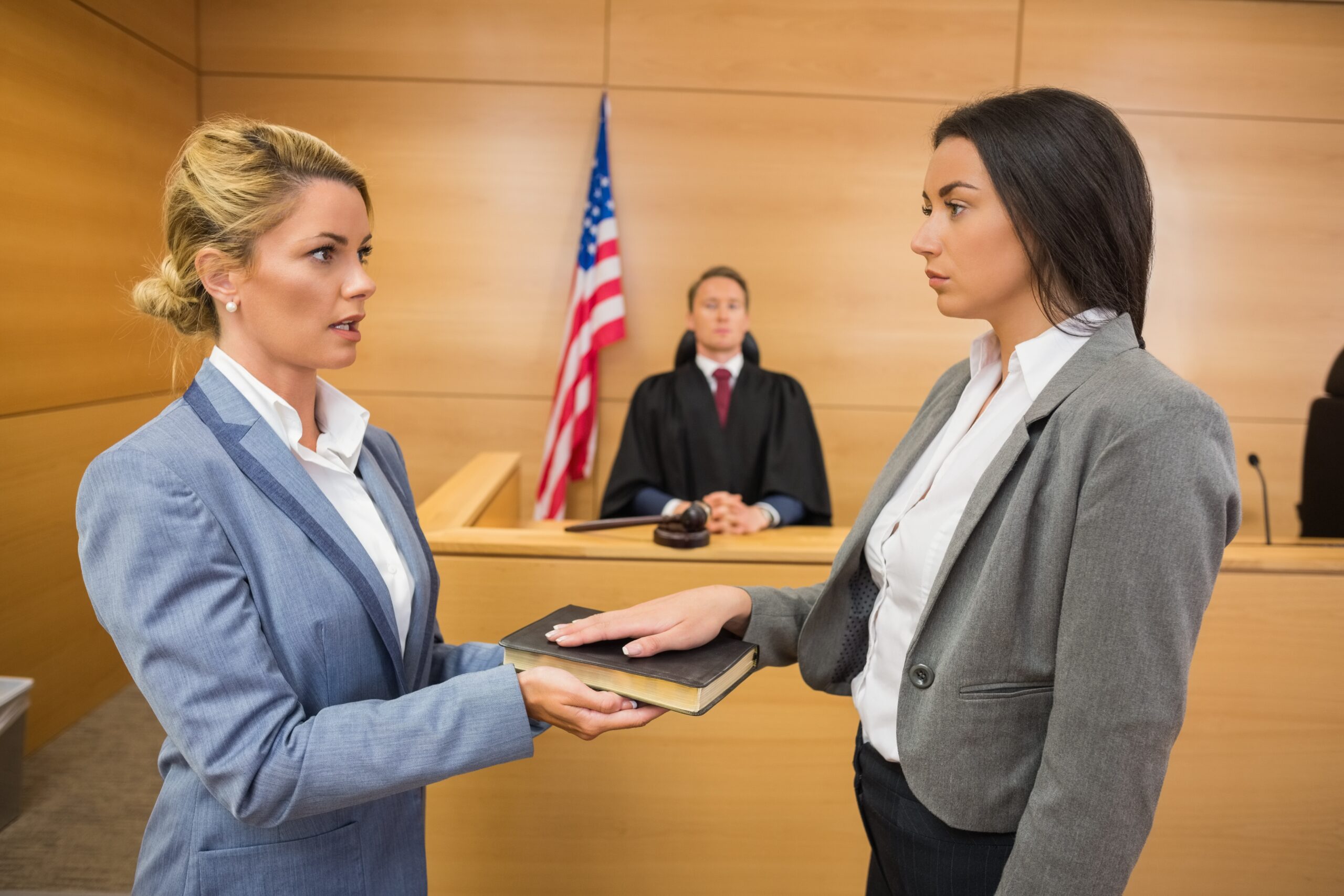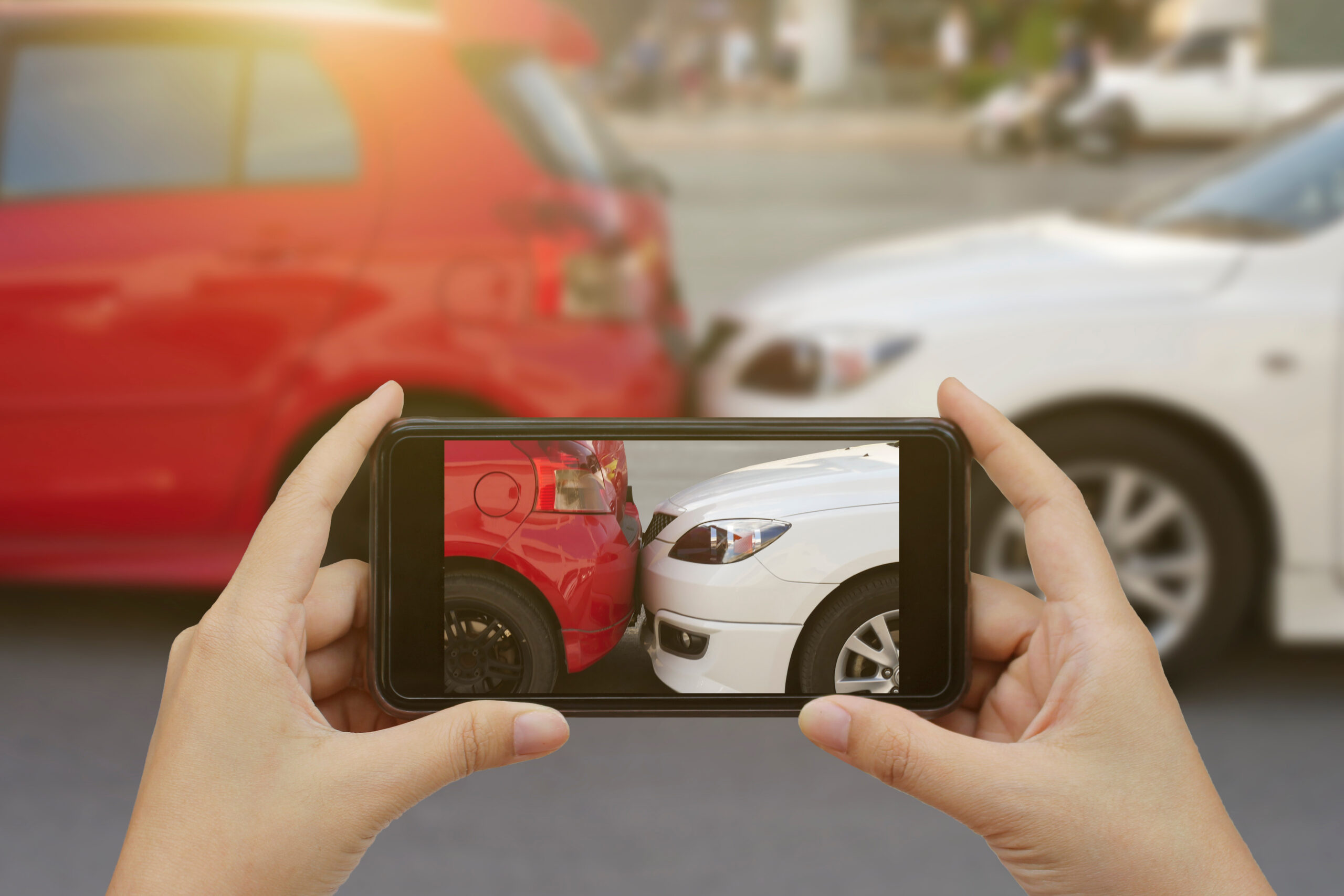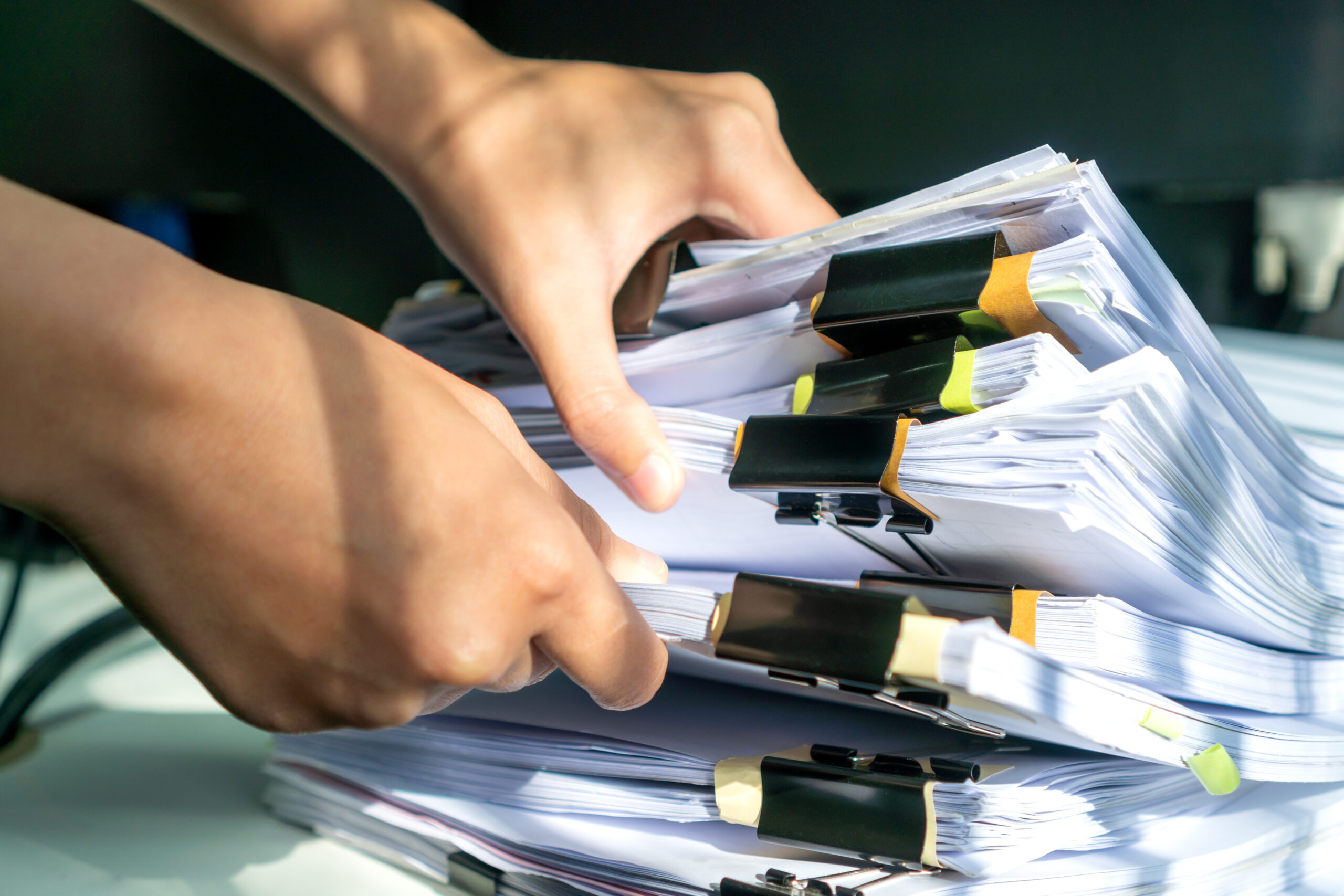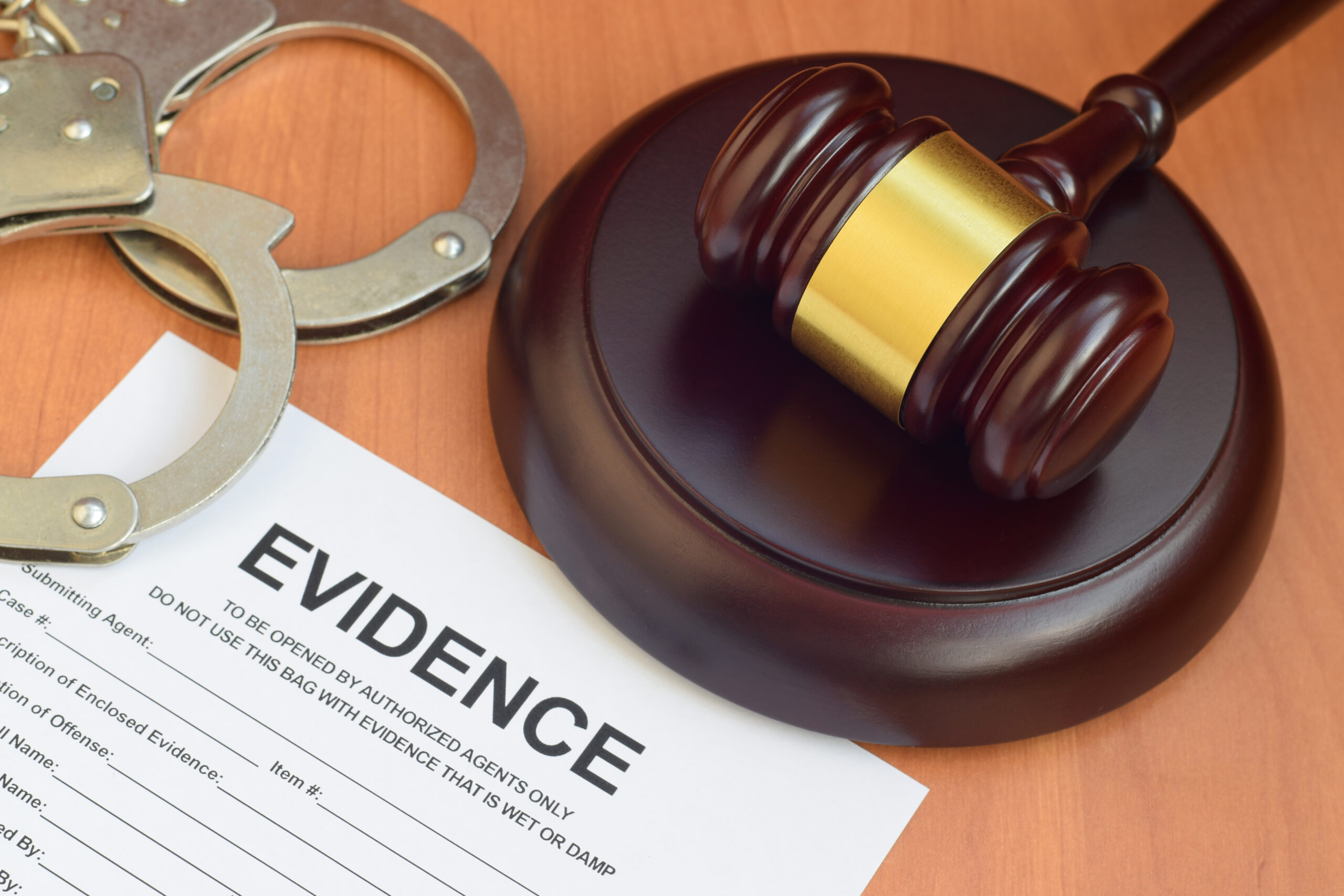As a law firm, our main goal is to represent our clients in the best possible way and achieve the desired outcome in their case. One of the most important aspects of achieving that goal is to gather relevant evidence. Evidence can come in many forms, such as witnesses, medical reports, pictures, police reports, and circumstantial evidence. In this blog, we will discuss each of these types of evidence and how to gather them effectively.
Witnesses
Witnesses can provide invaluable testimony to support your case. There are different types of witnesses, including eyewitnesses, character witnesses, and expert witnesses. Eyewitnesses are those who have seen the incident or accident happen, while character witnesses can speak to the character of the parties involved. Expert witnesses have specialized knowledge in a particular field and can provide expert testimony on complex matters.
The first step in gathering witness testimony is to identify potential witnesses. This can be done by interviewing individuals who were present at the scene of the incident or accident. You can also review police reports or other documents to identify potential witnesses. Once you have identified potential witnesses, you can contact them and ask them to provide a statement or testify in court.
It is important to prepare for witness testimony by reviewing the facts of the case and creating a list of questions to ask. You should also explain the process of testifying in court to the witness and provide any necessary support, such as transportation or childcare.
Medical Reports
Medical reports can be crucial evidence in cases involving personal injury or medical malpractice. They can provide information about the extent of injuries, the cause of the injury, and the treatment received. Medical reports can also provide expert opinions on the impact of the injury on the individual’s life.
To obtain medical reports, you will need to request them from the healthcare provider who treated the individual. You will need the individual’s consent to obtain the medical reports. You may also need to pay a fee to obtain the reports.
It is important to review medical reports thoroughly and understand the medical terminology used. You may need to consult with medical experts to interpret the reports and provide expert testimony.
 Pictures
Pictures
Pictures can provide visual evidence of the incident or accident. They can capture the scene of the incident, the damage caused, and the injuries sustained. Pictures can be taken by individuals at the scene or by professionals such as photographers or accident reconstruction specialists.
To obtain pictures, you will need to identify potential sources such as witnesses or professionals. You may also need to request pictures from government agencies such as the police department.
It is important to review the pictures carefully and understand their context. You may need to consult with experts to interpret the pictures and provide expert testimony.
Police Reports
Police reports can provide detailed information about the incident or accident. They can provide information about the parties involved, the location of the incident, and the cause of the incident. Police reports can also provide witness statements and other relevant information.
To obtain police reports, you will need to request them from the local police department or the DMV if the Virginia State Police investigated the accident. You may need to pay a fee to obtain the reports.
It is important to review police reports thoroughly and understand the information provided. You may need to follow up with witnesses or other parties mentioned in the report to obtain additional information.

Presenting Evidence
Presenting evidence effectively is crucial to achieving the desired outcome in a case. Evidence should be organized and presented in a clear and concise manner. It is important to use visual aids such as charts or diagrams to help illustrate complex information.
It is also important to prepare witnesses to testify in court. Witnesses should be familiar with the facts of the case and should be able to articulate their testimony clearly. They should also be prepared for cross-examination by the opposing counsel.
Circumstantial Evidence
Circumstantial evidence is evidence that is not based on direct observation but is inferred from other facts. It is evidence that suggests a fact or event without actually proving it. Circumstantial evidence can be used to create a logical conclusion or inference based on surrounding circumstances. This type of evidence can be crucial in cases where direct evidence is lacking or inconclusive. Examples of circumstantial evidence include motive, opportunity, and behavior that is consistent with guilt or innocence.

Williams DeLoatche, P.C. can help you navigate and win a civil litigation case in the greater Virginia area. We represent both plaintiffs and defendants, coming up with the best method of gathering and preparing evidence that will work in your favor. To learn more about this process, reach out to our team by visiting our website. We have various offices in Virginia Beach, Roanoke and the Eastern Shore area and serve the entire state of Virginia.


